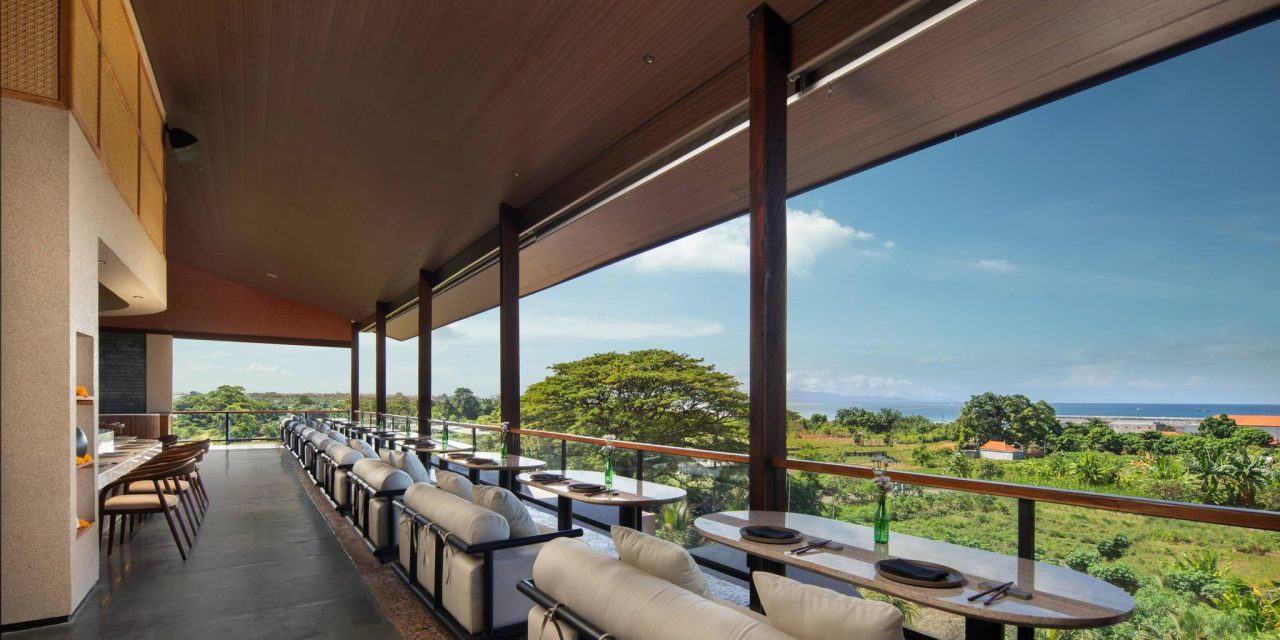When you think of Bali, what often comes to mind? Pristine beaches, vibrant nightlife, and shimmering sunsets. But there’s another element that plays a critical role in this idyllic paradise: the weather. As someone who has walked the sandy shores of Kuta countless times, I’ve come to understand firsthand how the weather not only influences the day-to-day experiences of tourists but also the very rhythm of local tourism. Let’s dive into how weather in Kuta affects local tourism and share some personal stories along the way.
The Sun-Kissed Allure of Kuta
Picture this: it’s a bright Saturday morning, and the sun is pouring down in Kuta. As I grab my beach towel and head towards the soft waves, I can’t help but notice that the beach is dotted with sunbathers, families building sandcastles, and surfers catching the perfect wave. This is the magnetic charm of Kuta on a sunny day. The weather here has an undeniable pull; when it’s bright and sunny, the tourists are out in droves.
Anecdote: A Day in the Sun
One of my most memorable days in Kuta was during an August trip. The sun was shining relentlessly, and I decided to join a group of fellow travelers for an afternoon beach volleyball game. The energy was contagious; laughter and cheers echoed as we played under the sun. The beach was alive, with people enjoying water sports, sipping fresh coconuts, and exploring local stalls. That day, Kuta felt like the beating heart of Bali.
The Rainy Reality
However, this point of paradise can quickly shift. Kuta experiences a wet season, typically from November to March, where rain can come down in torrents. While the locals appreciate the rain for nourishing the land, tourists often find themselves caught off guard.
Funny Scenario: Rainy Day Adventures
I recall one rainy afternoon, fully equipped with my beach gear, ready for a golden day under the sun. Instead, I was treated to a tropical downpour. But rather than sulking, I embraced the unexpected. I joined a group heading to a nearby café, where we huddled over warm meals and shared stories of our travels.
This scenario highlights a critical point: while rain may disrupt plans, it can also lead to unexpected adventures. Kuta has a wealth of indoor activities—from cooking classes to art galleries—that can keep spirits high despite the weather.
Seasonal Travels
Timing your visit is crucial, especially when considering the weather. The peak tourist season from June to September boasts sunny skies and plenty of activities, but it also means crowded beaches and higher prices. Personally, I prefer visiting during the shoulder months, like April or October, when the weather is still favorable, and the crowds are thinner.
Practical Advice: When to Visit
If you’re planning a trip to Kuta, consider the following:
1. Visit during the dry season (April to October) for beach days and outdoor activities.
2. Check the weather forecast before you leave. An app can save you a lot of disappointment.
3. Be flexible with your plans. If it rains, look for alternative indoor activities or explore local markets.
The Business of Weather
The impact of weather on tourism in Kuta extends beyond personal experiences. Local businesses, from surf schools to restaurants, rely heavily on the weather to determine their daily operations. On sunny days, you’ll see surf shops bustling with instructors and eager students. On rainy days, however, these shops can see a drop in customers, leading to adjusted prices or even temporary closures.
Unique Insight: Businesses Adapting to Weather Changes
During one of my visits, I met a surf instructor named Wayan who shared how rain impacts his business. “When it rains, I offer more indoor lessons,” he told me. “It’s less about the weather and more about connecting with the tourists. We might go through theory, watch video analysis, or even do yoga. The rain doesn’t stop the fun; it just changes it.”
This adaptability is seen across Kuta. Many restaurants have covered outdoor seating to accommodate unexpected showers, allowing diners to enjoy their meals while staying dry.
Embrace the Weather
The takeaway here is that while weather in Kuta undeniably influences tourism, it’s all about how you approach it. Embrace the wet days just as much as the sunny ones. Try out a cooking class when the rain pours, or savor a balmy evening at a beachfront bar with a twinkling view of storm clouds brewing in the distance.
Conclusion
Whether the sun is shining or the rain is falling, Kuta offers something for everyone. By understanding how weather affects local tourism, you can optimize your travel experience, embrace spontaneity, and create unforgettable memories. So, pack your bags, check the forecast, and get ready for an adventure that’s bound to be shaped by the vibrant skies of Kuta!






